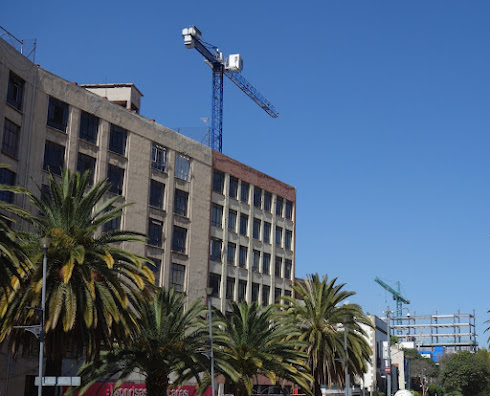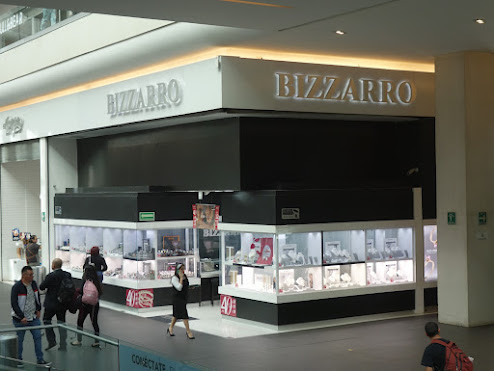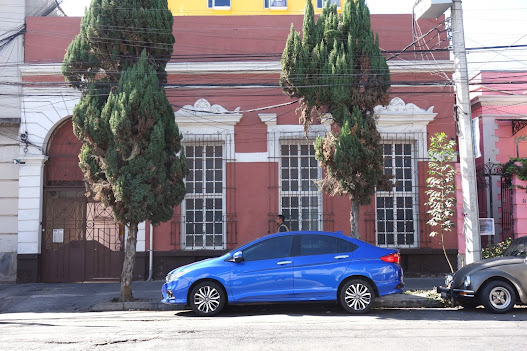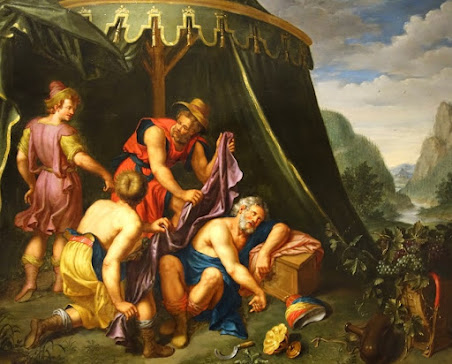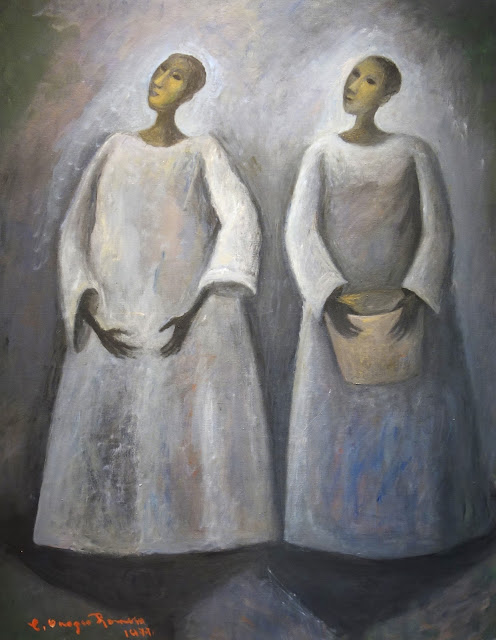As befits a city of more than twenty million people, the restaurant scene in Mexico City is very cosmopolitan. I have eaten in Italian, Polish, German, Uruguayan, Thai, Chinese, and Korean restaurants here.
On Thursday afternoons, the cleaning lady comes, and I get out of the apartment. Last week, I was looking on Google Maps for someplace different to eat. I found a Vietnamese place, about a half hour walk from the apartment, that had good reviews. I decided to try it out.
The restaurant is located within a small market building in a neighborhood with the tongue-twisting name of Tlacoquemecatl.
I walked up and down the aisles of the market, passing food stalls and small restaurants, but I could not find the Vietnamese eatery. I ask a couple of people working in the stalls, and they had never heard of the place. I double checked on Google Maps. One of the reviews said that it was located within the market. The reviews were all recent, so it was not a case where a restaurant had closed down.I asked a third person, a butcher, and he took me to the restaurant. It was located at the rear of the market building down a little passageway. I would have probably never found it on my own. It was simply a little kitchen space with a counter and four stools. There were two guys cooking. Neither one of them looked Vietnamese, and one of them looked like a "gringo".

As I said, the menu is very limited. They have spring rolls, Vietnamese sandwiches, and noodle bowls. John hopes to expand the menu if the business goes well. I ordered a chicken noodle bowl.
It was tasty. I was surprised that it was served cold, but since it contains lettuce as well as mint, basil, and cilantro leaves, I guess that it is served like a salad. I have never mastered the use of chopsticks, so John went to another restaurant and borrowed a fork.The place is called "Em Oi", which is the expression in Vietnamese that you use when you want to get the attention of a server in a restaurant. I enjoyed my meal, and I especially enjoyed the conversation with John and Edgar.
As a postscript, on the way out of the market, I passed the butcher's stall. I thanked the butcher for showing me the way to the restaurant, and I got into a conversation with him and his co-worker. The co-worker is from Georgia and has been living in Mexico City for years.
Mexico City is full of interesting people and stories!







